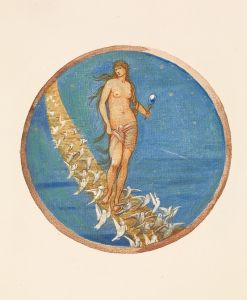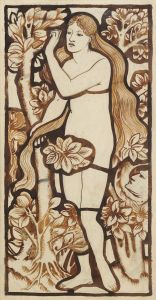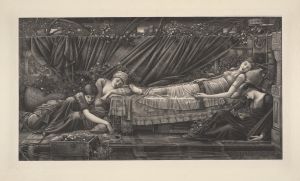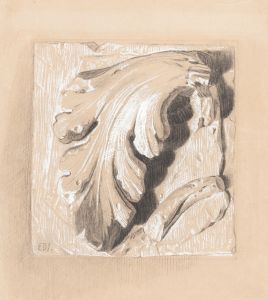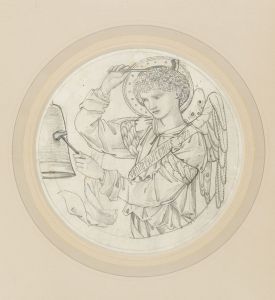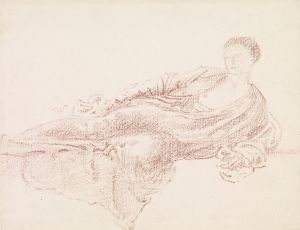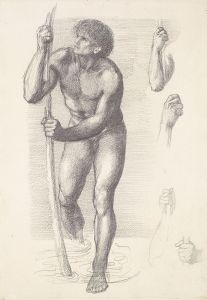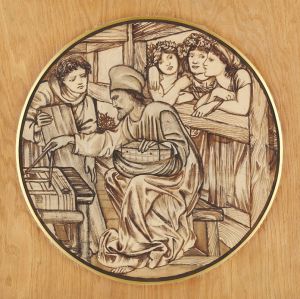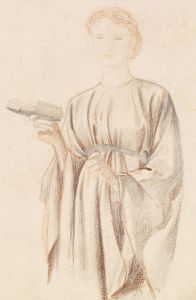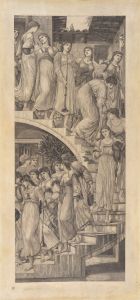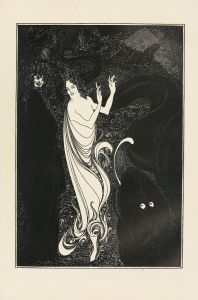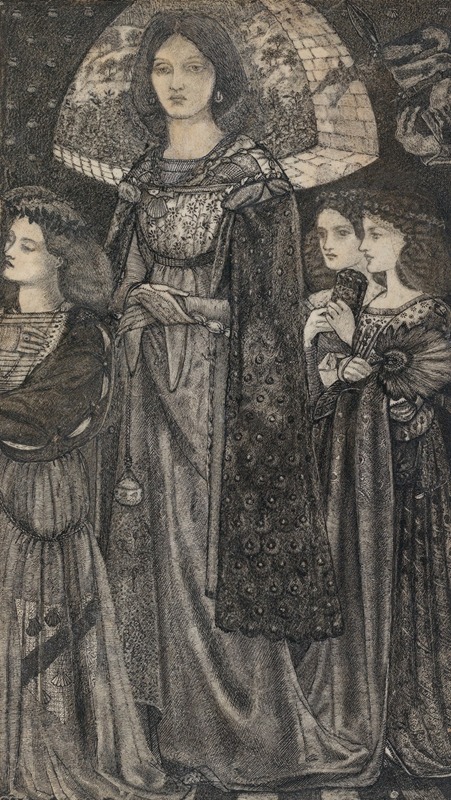
Alice, la Belle Pèlerine
A hand-painted replica of Sir Edward Coley Burne-Jones’s masterpiece Alice, la Belle Pèlerine, meticulously crafted by professional artists to capture the true essence of the original. Each piece is created with museum-quality canvas and rare mineral pigments, carefully painted by experienced artists with delicate brushstrokes and rich, layered colors to perfectly recreate the texture of the original artwork. Unlike machine-printed reproductions, this hand-painted version brings the painting to life, infused with the artist’s emotions and skill in every stroke. Whether for personal collection or home decoration, it instantly elevates the artistic atmosphere of any space.
Sir Edward Coley Burne-Jones was a prominent British artist associated with the Pre-Raphaelite Brotherhood, a movement that sought to return to the detail, intense colors, and complex compositions of Quattrocento Italian art. One of his notable works is "Alice, la Belle Pèlerine," which reflects his fascination with medieval themes and romanticism.
"Alice, la Belle Pèlerine" is a painting that exemplifies Burne-Jones's characteristic style, which often included elongated figures, dreamlike settings, and a focus on beauty and emotion. The title translates to "Alice, the Beautiful Pilgrim," suggesting a narrative of a journey or quest, a common motif in Burne-Jones's work. The painting likely depicts a female figure named Alice, portrayed with the grace and elegance typical of Burne-Jones's female subjects.
Burne-Jones's work is known for its meticulous attention to detail and the use of rich, harmonious colors. In "Alice, la Belle Pèlerine," these elements are likely present, contributing to the ethereal and timeless quality of the painting. The artist often drew inspiration from literature, mythology, and medieval history, which may have influenced the themes and composition of this piece.
The Pre-Raphaelite Brotherhood, of which Burne-Jones was a later associate, was founded in 1848 by artists including Dante Gabriel Rossetti, John Everett Millais, and William Holman Hunt. The movement was a reaction against the academic art standards of the time, emphasizing a return to the abundant detail, intense colors, and complex compositions of early Renaissance art. Burne-Jones joined this movement and became known for his contributions to its development, particularly through his focus on mythological and romantic subjects.
Burne-Jones's work, including "Alice, la Belle Pèlerine," often features a sense of narrative and storytelling, inviting viewers to engage with the characters and scenes depicted. His paintings are characterized by their dreamlike quality and the use of symbolism, which adds layers of meaning and interpretation.
While specific details about the creation and history of "Alice, la Belle Pèlerine" may not be extensively documented, the painting fits within Burne-Jones's broader oeuvre, which is celebrated for its beauty and emotional depth. His work has had a lasting impact on the art world, influencing subsequent generations of artists and continuing to be admired for its aesthetic qualities and imaginative vision.
Burne-Jones's legacy is preserved in numerous collections and exhibitions worldwide, where his paintings, including "Alice, la Belle Pèlerine," are displayed and appreciated by art enthusiasts and scholars alike. His contribution to the Pre-Raphaelite movement and his unique artistic vision have secured his place as a significant figure in the history of British art.





